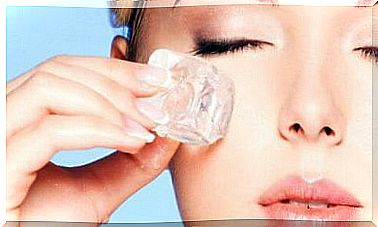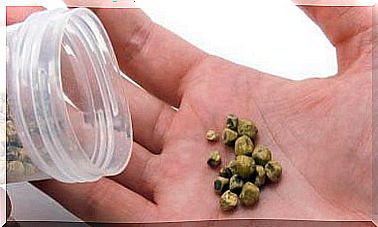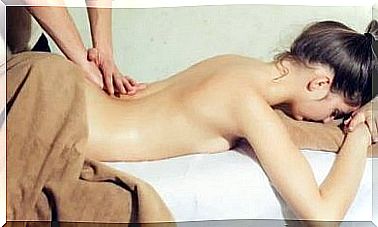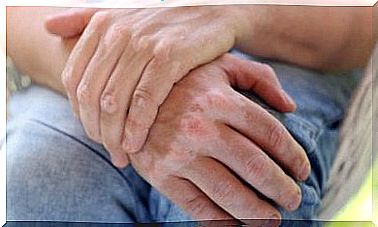Acrylic Nails Endanger Your Health
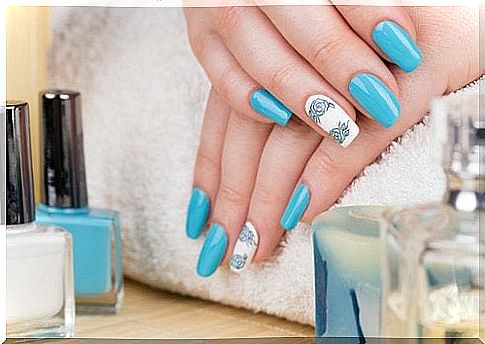
Acrylic nails look great, are ideal for special occasions and completely transform the look of our hands. But these nails can also cause many problems that it is advisable to avoid.
You may love the look of acrylic nails, but you have to keep in mind that they could harm your health. In today’s article we show you why it is good to avoid acrylic nails. Read on before you decide if they are right for you or not.
Why are acrylic nails so popular?
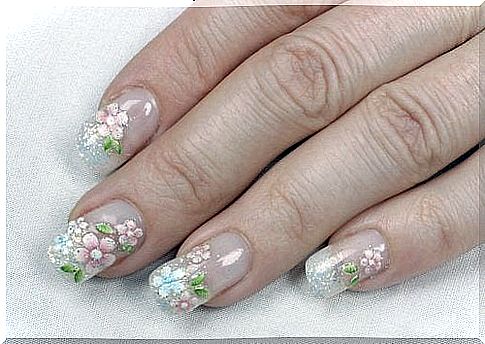
More and more women are choosing to wear artificial nails or extensions. Acrylic nails are made of plastic and have a look that suggests “perfection”. We often see these nails on the fingers of celebrities or in magazines.
It is not difficult to see why women love artificial nails. After all, they mask the imperfections of natural nails and look impeccable. Acrylic nails are painted and often covered with interesting designs, impossible to achieve on shorter and irregular natural nails.
If you are used to gnawing your nails, but you want them to look nice when you go to work, acrylic nails are a simple option. Weddings, parties and other special events are also ideal occasions to wear acrylic nails.
Avoid artificial nails
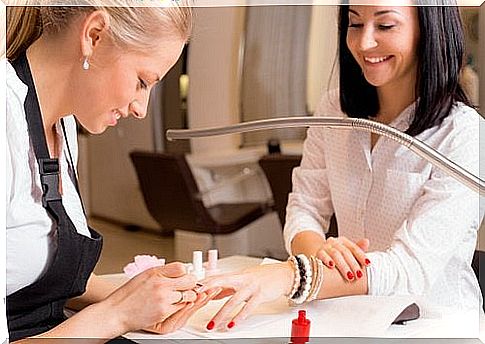
Although acrylic nails seem harmless, both their application and wear can cause various problems. Here’s what happens at the salon when we put on acrylic nails:
- The chemical compounds used, ie resins or formaldehyde, can cause inflammation, detachment of the natural nail from the skin, burns, pain and allergic reactions.
- Many women report that acrylic nails have completely destroyed their natural nails or angle lodge. In these cases, the nails will never grow again.
- If the salon where you do your manicure is not well ventilated, there is the possibility to inhale toxic fumes and other irritants.
- Some salons use a substance called methyl methacrylate to glue artificial nails. This chemical causes serious damage to the respiratory system and fingers.
- And using a dryer to dry your acrylic nails faster is a mistake. The substances used to apply these nails are flammable and can catch fire when they come in contact with high temperatures.
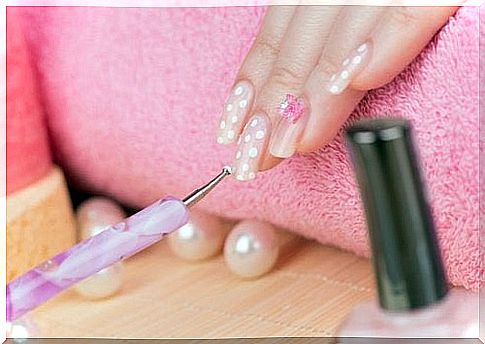
- Often beauty salon employees do not properly clean or sterilize the tools and materials used after using them on a client. As a result, the next client may have various health problems, including a fungal infection.
- If you go to the salon, make sure the manicurist wears latex or plastic gloves. A cut or scratch is an environment conducive to the transmission and development of diseases.
- Do not cut or push your cuticles back. This component of the nail acts as a natural barrier against infections and harmful microorganisms that try to enter the body.
- Wash and dry your hands before applying acrylic nails, so that no moisture remains on the natural nails. This trick prevents the fungus from spreading after the artificial nails are attached.
Other disadvantages of acrylic nails
The harmful effects of acrylic nails do not end as soon as you leave the beauty salon, even if it has a good reputation and qualified employees. The most common unwanted side effects of acrylic nails are:
- Acrylic nails are completely stiff and can cause injury at the slightest blow. When the plastic nail breaks, it pulls after it and the natural nail. This process is very painful and will take a long time for the natural nail to grow again.
- Artificial nails increase your risk of developing infections. Bacteria and disease-causing microorganisms can accumulate in any empty space between the acrylic and the natural nail.
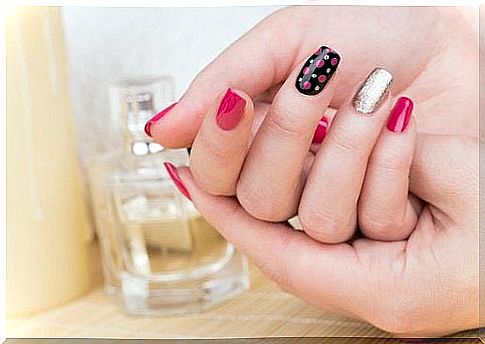
- Allergic reactions are common among women who wear acrylic nails. The plastic from which they are made contains toxins, which is why your fingers could become red and inflamed. You may also experience itching.
- If the acrylic nails are damaged, dirt, viruses and bacteria will be able to accumulate more easily in that region. When this happens, you need to remove the damaged nail and replace it with a new nail as soon as possible.
conclusions
Whether or not to wear acrylic nails is not an unimportant decision. If, despite the information presented in this article, you still want to wear acrylic nails, go to a salon with a good reputation and ask for the help of a professional.
Make sure the space where they are attached is well ventilated and bring your own file from home. Carefully monitor your fingers and nails to catch any changes or pain in time.
If necessary, remove the nail that is causing you problems until the pain is relieved. As much as possible, give your natural nails a break before applying acrylic nails again.


